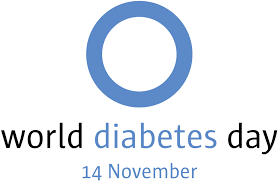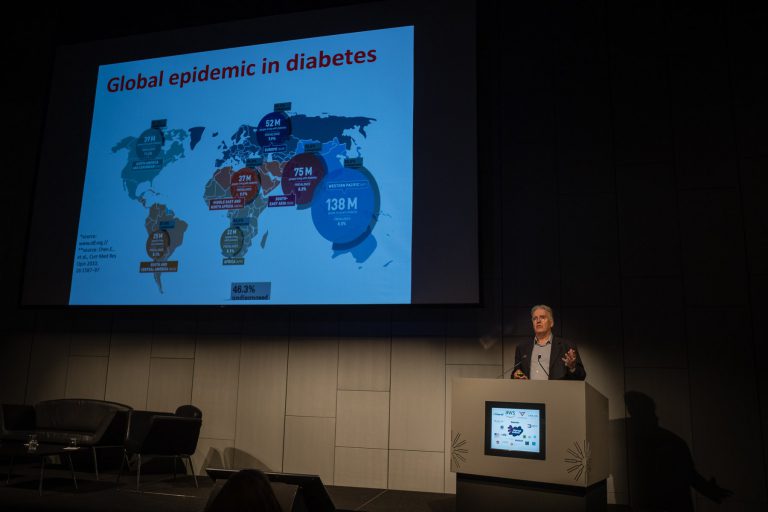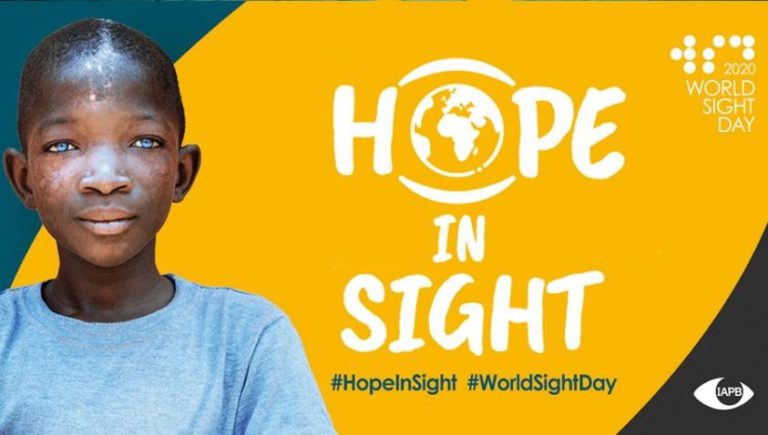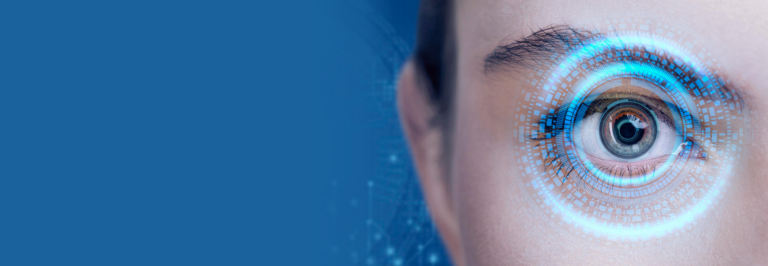How Nepalese Farmers Use the RetinaRisk App
We at RetinaRisk are regularly contacted by persons living with diabetes and medical professionals around the world who are interested in learning more about the RetinaRisk app.
Everywhere, persons with diabetes are eager to better understand their condition and become more aware of the associated complications, including diabetic eye disease. Both ophthalmologists and endocrinologists are thrilled to learn of a tool that can motivate their patients towards enhanced self-care and help to streamline diabetes management and eye screening programmes. We are ecstatic about this interest in RetinaRisk and welcome how many want to join us on this journey towards the elimination of preventable blindness due to diabetes.
Dr. Anadi Khatri, the multi-talented Chief of Clinical Ophthalmology and Vitreo-Retinal Surgeon at the at the Birat Eye Hospital, is one of many ophthalmologists who have recently contacted us and shared with us stories about his work to help save the eye sight of hundreds of patients in his home country, Nepal.
Dr. Khatri, whose expertise is laser ophthalmology, multimodal imaging, Anti-VEGF agents and innovations in vitreo-retina surgery, is also a lecturer of Ophthalmology at Birat Medical College. In his clinic in the Birat Eye Hospital, Dr. Khatri has just finished upgrading the vitreo-retina surgery workstation with the best available equipment serving over 50 patients with diabetic retinopathy daily. Sadly, due to lack of awareness, many patients arrive with advanced stage of diabetic retinopathy. This is what got Dr. Khatri interested in the RetinaRisk app, which can help his patients to better understand their individualized risk of developing sight-threatening diabetic retinopathy. Dr. Khatri told us that he has now added free Wi-Fi in the retina clinic, allowing the patients to download the RetinaRisk app on their mobile devices, get their status as a baseline at the time of evaluation and get “real-time” follow-up advice.

Dr. Khatri does not only serve in the retina clinic in Biratnagar but also conducts outreach programs where he brings diabetic eye screening to the rural areas of Nepal. In one of his exchanges with us, he provided this remarkable account on the extraordinary ways that farmers in the rural areas of Nepal self-diagnose their eye problems:
“The agriculture season has just finished here following the end of monsoon. This means more eye clinics than usual. The trend is extremely amazing here. We get a lot of corneal ulcers and conjunctivitis during the sowing or rice planting. And suddenly after the planting is done, there is a massive surge in the people visiting our hospital due to diminution of vision. It seems strange but the pattern of patient visits to hospital can be identified from the calendar year itself. You will be very surprised to know their own diagnostic practices.
As some of the farmers have already made visits for ocular exams in previous years, they have some very interesting methods to aid in possible diagnosis and hence referrals of their fellow farmers. I would not go into sensitivity or specificity, but it is effective. If they complain that they were unable to see the grains or count the leaves while planting, it is likely that they need glasses or its cataract. Most importantly if the person complains they see a different shade of leaves and start discarding the plant, feeling it has been wasted or gone bad while the other farmers think the plant color looks fine, then it is likely cataracts.
Then while sowing, when they must bend down, if they see floaters and if they get thirsty or need to urinate more frequently, then they think it is most likely ‘sugar’. If they complain that the plants are not being planted in straight alignment while others think the line is fine, then it is a problem of ‘parda’ – native (language) for ‘curtain’ which signifies retina. I am really amazed by how these people navigate their problems.”

This fascinating tale demonstrates the tremendous effort ophthalmologists around the world are making to prevent vision loss within their communities and beyond. It also shows how people around the globe want to be able to better understand their condition and seek early treatment.
We share Dr. Khatri’s vision that all diabetic patients should receive individualized treatment and management. The RetinaRisk app can be instrumental on the road towards more personalized medicine for persons living with diabetes. We look forward to a long-standing and fruitful cooperation with Dr. Khatri in the years to come, which we hope will result in a dramatic reduction of preventable blindness due to diabetes in Nepal.









